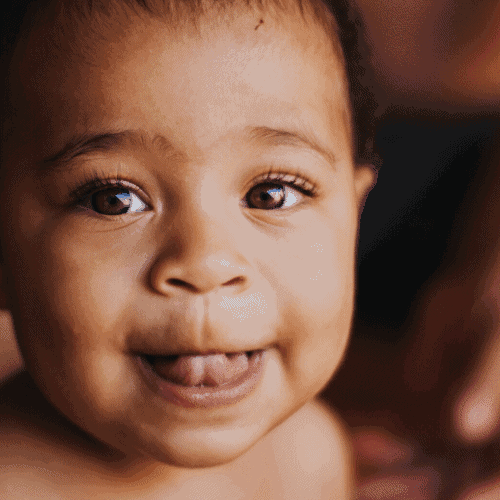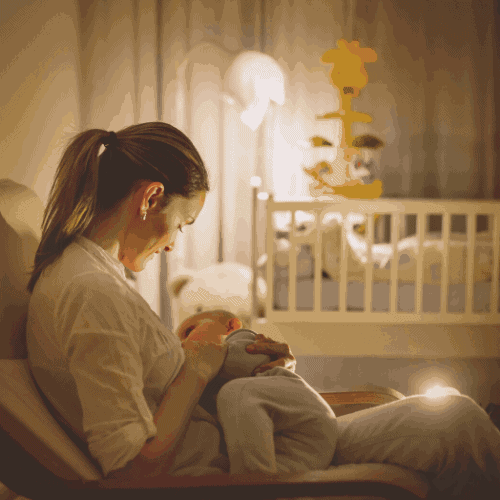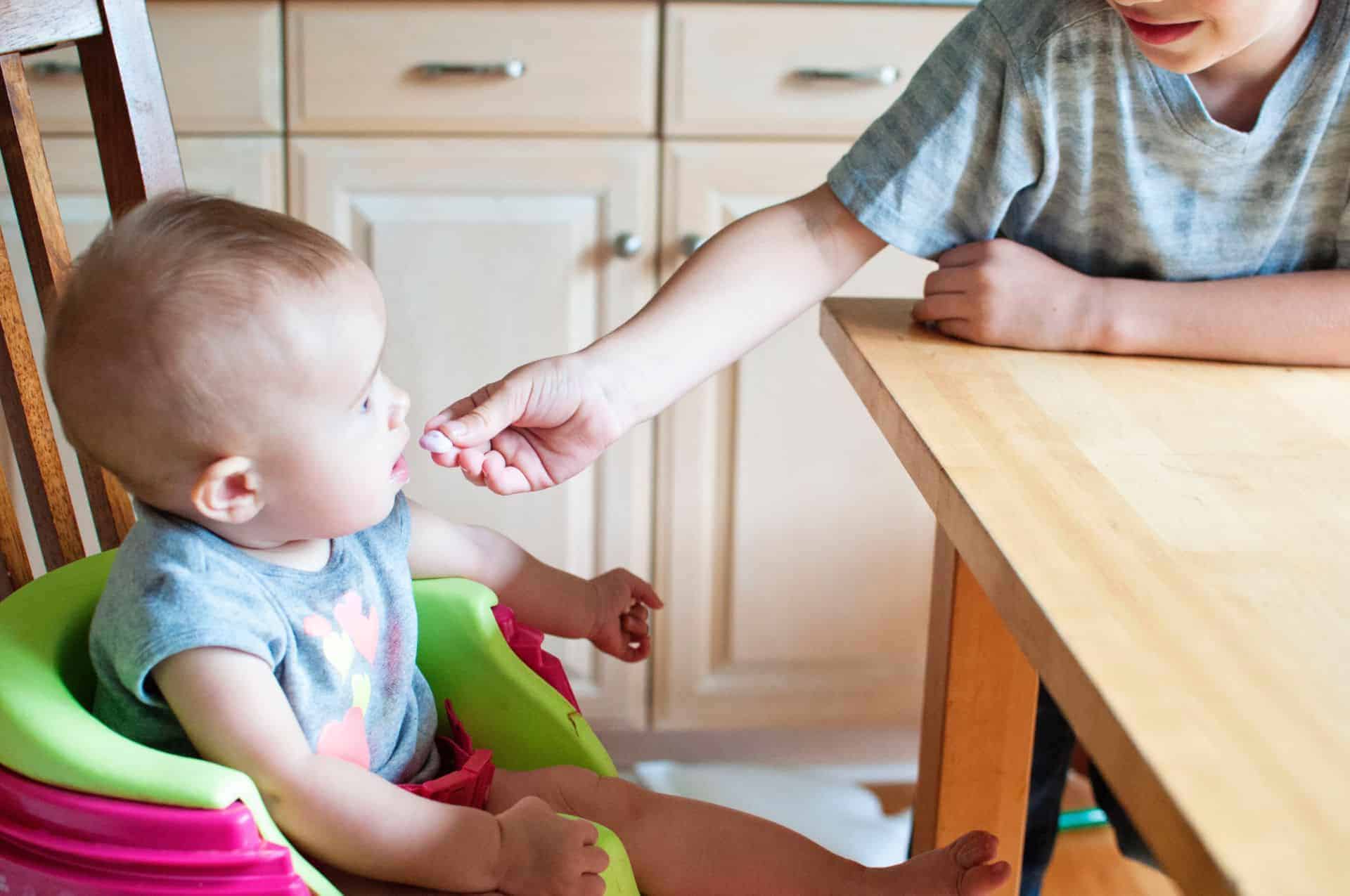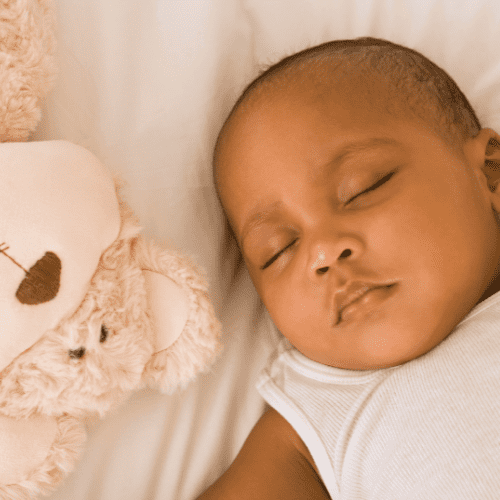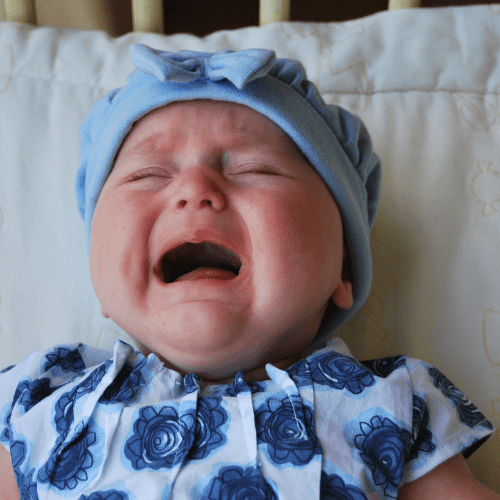You’ve been home for a couple of weeks now. The labor was a little intense but everything turned out fine.
Your baby is healthy, but you notice his little legs shake sometimes.
There is no reason to panic as this is normal. Your baby should outgrow the jitters after the first couple of months.
What causes the shakes and when should you seek medical treatment?
As an Amazon Associate, I earn from qualifying purchases. The links below may be affiliate links. Please read my disclosure policy for more information.
Why do my baby’s legs shake?
That jittering and twitching movement that your spot is a result of your baby growing.
The nervous system is developing
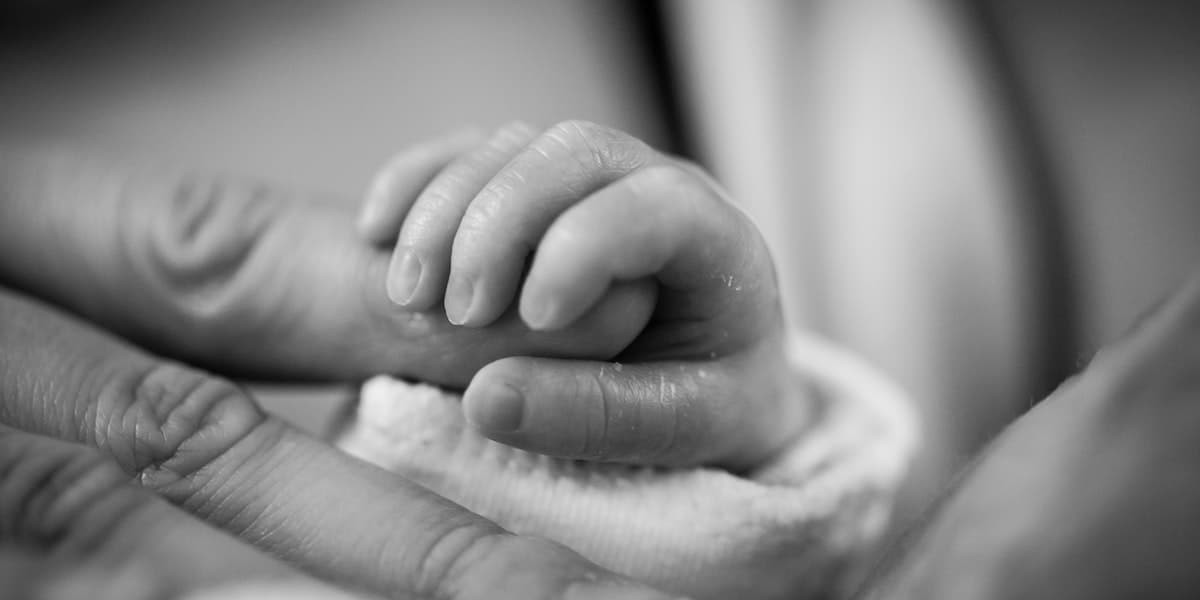
In the first two months, the connections are still being built between the brain and the baby’s body. Once this process is completed the movements of your baby will be less jerky.
Fine motor skills are also being developed. When these start to mature (over 28 days from birth) any twitching in your baby’s legs, arms, and fingers should disappear.
Your baby is startled
When your baby gets surprised by a sudden noise or movement, she will react. She will pull her head back and extend out her arms and legs, then pull these back in again.
It’s a natural response and usually disappears after the first 4 to 6 months after the birth.
Benign Sleep Myoclonus
When your baby is sleeping you may notice she twitches. There isn’t much research available about benign sleep myoclonus, but your baby is safe.
One theory is that the protective covering around the spinal cord is still being developed. This may allow electrical charges to be transmitted uninterrupted through your baby’s body.
How do you know if your baby has this condition?
If you are wondering if your baby has benign sleep myoclonus, several criteria are used:
- the shakes occur when your child is between 0 to 6 months old
- it only happens when your baby is sleeping
- the cause can’t be traced to other factors such as medication, a neurological issue, or a sleep problem
- movements occur in the arms, legs, or throughout the entire body
It is a normal condition. It typically occurs within the first month after birth. Symptoms peak when your baby is between 2 to 5 weeks old.
The condition will eventually stop.
It’s a dream
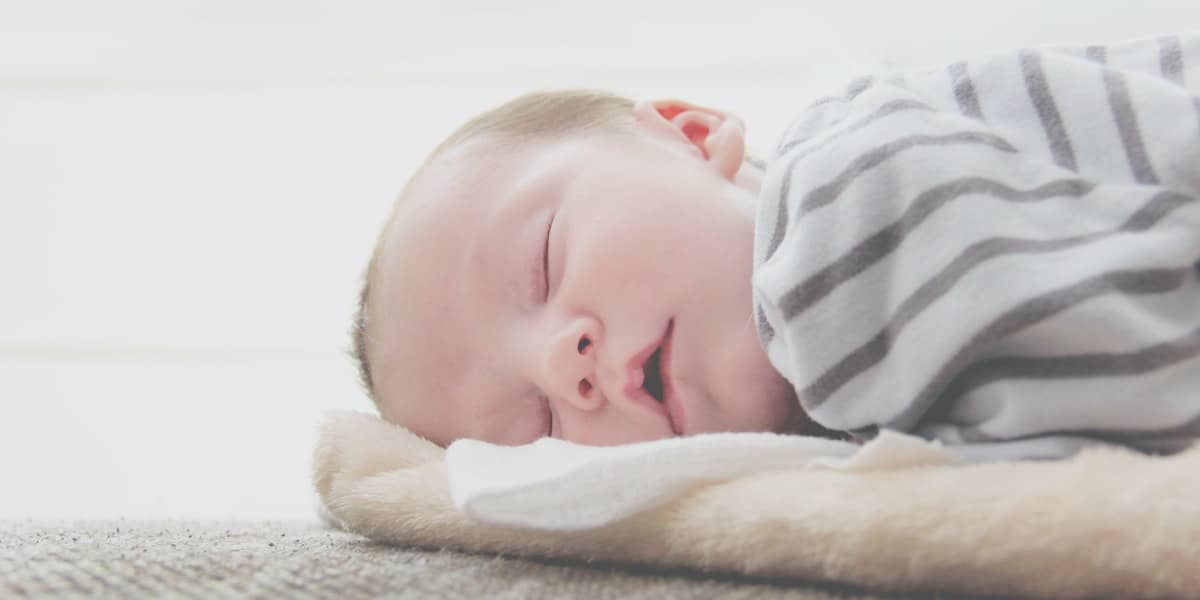
We know that it’s not unusual to talk or move in your sleep. As you dream you may mutter a word or have a full-on conversation. There may be a twitch in your arm or leg.
It’s the same with your baby. She could be having a wee dream and that shaking is her reacting to it.
Your baby wants food
A lack of food can have your baby shaking and crying. When they are hungry, infants will wave their legs and arms.
Low blood sugar levels can also result in jerking of the body. If you had diabetes or similar health issues while pregnant, it can influence your baby’s blood sugar.
Allowing your baby to feed can help in stopping the shaking.
Low sodium levels
Shaking can indicate that your baby doesn’t have enough sodium in her blood. Other signs of this condition are:
- vomiting
- your baby is more irritable
- drowsiness
- seizures
If your baby displays any of these symptoms, contact your doctor immediately. Treatment is based around providing the baby with intravenous fluids.
High levels of hormones
When you are pregnant you are providing your unborn baby with a lot of hormones such as estrogen and norepinephrine.
After birth, the baby’s system can still contain a high level of these which results in the shakiness you see. Eventually, the hormonal levels will drop and the shaking will stop.
Drug and alcohol withdrawal
If a mother has used drugs or drunk alcohol during the pregnancy, the baby’s jitters and twitching can be withdrawal symptoms.
How long it takes for the shaking to stop depends on how severe the baby’s exposure to the substance was.
Does my baby have infantile spasms?
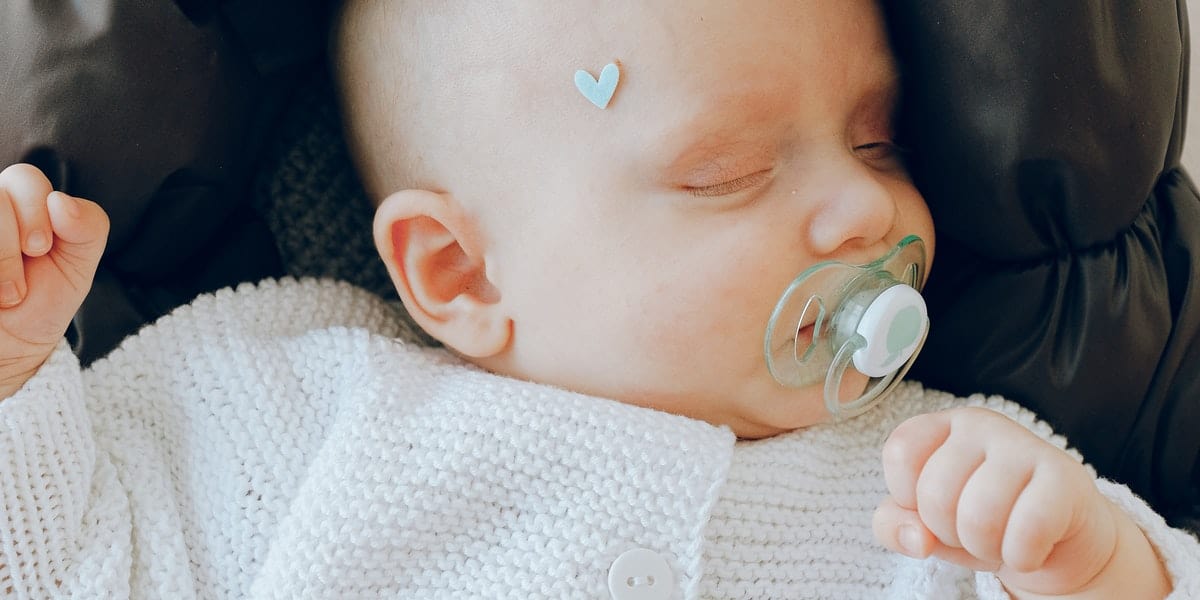
Infantile spasms can be an indicator of a severe health problem. It’s extremely rare, affecting between 1.6 to 4.5 out of every 10,000 live births.
When you notice your baby shaking, it can be hard to tell if it’s caused by infantile spasms or not. The symptoms can be hard to diagnose.
Babies that suffer from infantile spasms have a chance of developing epilepsy, an intellectual disability, or can become autistic.
Early treatment can reduce any long-term effects for those babies who have this health problem.
How to tell if it’s infantile spasms
A jitter or a shake can look the same. The signs of infantile spasms can be similar to those seen in the startle reflex.
So how can you tell if it’s just some natural part of development or a potential issue?
To help you with the diagnosis here are the indicators of infantile spasms:
- a drop in visual response
- the body and legs stiffen and the head drops back
- seizures in which the baby’s body curls forward, the knees are pulled back and arms extended out at the sides.
- rolling up of the eyes
- a tensing of the stomach
- head nods
The spasms typically occur in clusters (that is, 5 or more spasms happening at once). There can be several spasms or over a hundred.
They can occur for anywhere between a minute and ten minutes. Usually, the spasms occur just as your baby is waking up or at any point during the day.
Treatment for Infantile Spasms

The main treatment for Infantile Spasms is through hormonal injections or other types of medication.
- Adrenocorticotropic hormone (ACTH) This hormone is involved in controlling how your baby’s body reacts to stress. How it helps in reducing the effects of infantile spasms isn’t fully understood. ACTH is administered by injection.
- Vigabratin An anti-seizure medication that is taken orally. It comes in pill and liquid form. There can be side effects.
- Prednisolone An artificial form of corticosteroid hormone. It is effective in treating infantile spasms.
- Ketogenic Diet There is mounting evidence that a combination of a keto diet and other treatment options can help with infantile spasms
When should I be concerned about the seizures
Though some seizures will stop once your baby reaches a certain developmental stage, it still pays to contact your doctor when your baby has a spasm.
It could be an indicator of more serious health issues. Ring your emergency service if you notice any of the following during a seizure:
- your baby’s crying is weaker
- your baby won’t wake up or isn’t responding to you
- the color around your baby’s mouth is blue (a sign of potential breathing difficulty)
Conclusion
That twitching and spasm of your baby’s legs can be a normal sign. The nervous system is still working on coming online.
Usually the over first two to six months after the birth, the shakiness should stop.
Infantile spasms can be a sign of a more serious health issue. Early treatment can help prevent longer-term problems with your baby.
At any time you have concerns about your child, please ring your doctor.
You may think that you are being overcautious, but your baby is worth it.

